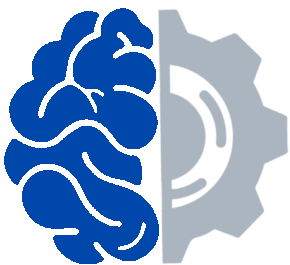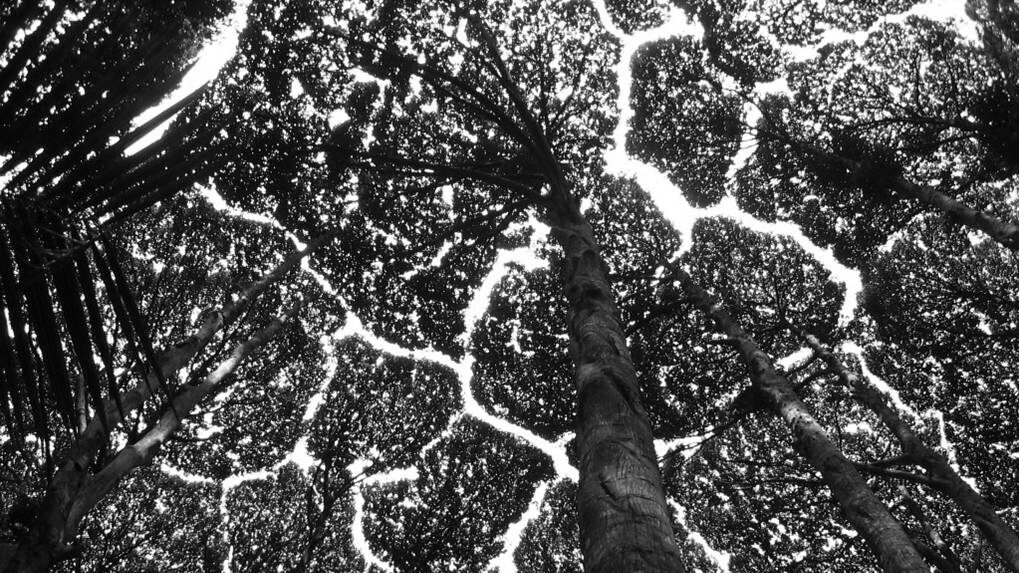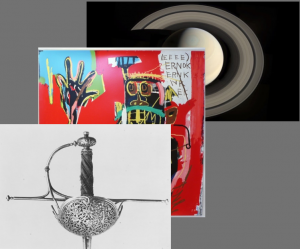Curation & Ideation: Synthesis #1
Part A – Conceptual Essay
The interface is the boundary between the design and person. While an entirely new world may be accessible on the other side, the interface limits how it will be expressed. But what do we do if we’re worried about not only exploring the world on the other side, but in helping the user explore themselves? When supporting ideation, how can we, as designers, build a system that allows sufficient openness to allow the use to create something meaningful for themselves? How do we decide what features to include, knowing that our intention is only secondary to the application others will create for themselves?
First, we have to understand our user. While their goals may be effectively infinite, their capabilities are distinctly limited. Baddeley’s (2000) working memory model and Cowen’s (2001) treatment of memory limitations and chunking show that while we handle only so much information at once, we can repackage and structure it to allow for greater and greater expression. This means that the user’s power grows entirely with their ability to generate meaning for the material they are handling.
Further, Glenberg (1992) shows that we use these limited capabilities to build a ship-in-a-bottle: the mental model. The mental model is based on the recognition of underlying structure in the world itself, and mimics that structure.
In a practical sense, when we begin to support ideation through design, we’re allowing for greater and greater encapsulation and rearrangement of structure so that meaning is user-defined and not system-defined. As such it becomes difficult to define operational parameters to create a sense of what is effective or not. Kerne et al (2014) provides several metrics to evaluate the elusive performance of creativity within a system, and suggests, rightly, that while we cannot hope to capture the entirety of the subject in a measurable definition, we can perhaps measure its effects well enough to be useful. These measurable effects are composed of different methods of assembling disparate elements and curating some sort of meaning from them.
Curation, itself, has changed quite rapidly from its stilted, gallery-centric origin. As the world opened and people became more and more free to travel, art began to generate a dialog with itself over who establishes and evaluates the meaning of its work. O’Neill’s (2012) first chapter shows that, as part of this, the curator became an object of analysis, turned over and reshaped into an artist, themselves.
Now, as we are even more interconnected and the flow of others’ ideas increases, the access to audiences has widened and everyone has been drawn into the role of curator. When curators selected and cared for limited objects of value, their role was largely suited to deeply critiquing the value of one object at a time. Now, with the deluge, we structure order out of chaos, dragging the materials together and finding a pattern that we can only initially hint at. Any design we build to help filter this maelstrom must support our unconscious elements in the generation of meaning.
Part B – IdeaMache Collage and Explanatory Essay
Traditionally, curation has referred to care of a collection, but has evolved to emphasize discrimination and recognition of economic, social, and cultural value. This is the very root of how we form ideas, combining the apparently unrelated into a common theme. To support this, Steven Johnson, in “Where Do Good Ideas Come From?”, suggests creating supportive spaces that allow for unrelated elements to come into contact. To do this, we develop open systems that allow for recombinant thinking that support our greater concepts despite our limited cognitive capabilities.
Science is, perhaps, the strongest cultural force in idea generation. Its explanations, while powerful, are still human in origin and must address the expressive capability of their creator. Edward Tufte argues for the simplification and improvement of the display of information, both for communication and the development ideas. Even if we can show raw data and mathematics, it’s easier to see relationships directly with visual processing to aid in the connection and formation of mental models.
This process takes on a beauty of its own. The Hyrtl Skull Collection, in the Mütter Museum of Philadelphia, shows the physical manifestation of science-as-art. Skulls are not only the remains of actual people, but are annotated data points disproving phrenology. Additionally, this juxtaposition is also a large result of the effect of the museum’s long-term curator, Gretchen Worden, who, while not directly responsible for this collection, exerts a decades-long influence that has set the entire museum’s tone, somewhere between the whimsical and the profound.
This blend of art and science is also in the Gordan Ugarkovic Saturn composite image, astounding for its creator’s amateur status. Utilizing freely available information, he combined 36 images into something so detailed that it seems unreal. This image was never intended or planned for in the original shots, but the availability of the system supported impressive emergence.
Jean-Michael Basquiat’s origins as a street artist led to amazing juxtapositions placing seemingly rough, primitivist forms into questions of modern culture’s understanding of itself, causing some to refer to him as “primitive” and “childlike”, himself. Larger acceptance of his work was primarily forthcoming in relation to initiated artists recognizing his work, opening his access to the larger culture.
This creative composition of elements can also be seen in the “webcomic” Homestuck. Narratives are not just generated by the creator, but are an ongoing dialog with the community and blend multiple mediums into something much weirder, and much more complex, than would be initially conceived, making Andrew Hussie both artist and curator.
Tools are the expression of curated ideas themselves, gathered to meet specific needs. Not all related ideas can be expressed. Choices in form are necessary. The artifact bears witness to these choices. These traces are what Duchamp subverts in his ready-mades, reopening the role of definition.
Finally, the infographic combines art and science again, to bring the artifact full-circle, using form to shape ideas and communicate goals and aspirations by bringing the audience along in the curation of concepts.
References:
Baddeley, A. (2000). The episodic buffer: a new component of working memory?. Trends in cognitive sciences, 4(11), 417-423.
Cowan, Nelson. (2001). The magical number 4 in short-term memory: A reconsideration of mental storage capacity. Behavioral and Brain Sciences, 24(1), 87-114.
Glenberg, A. M., & Langston, W. E. (1992). Comprehension of illustrated text: Pictures help to build mental models. Journal of memory and language, 31(2), 129-151.
Kerne, A., Webb, A. M., Smith, S. M., Linder, R., Lupfer, N., Qu, Y., … & Damaraju, S. (2014). Using metrics of curation to evaluate information-based ideation. ACM Transactions on Computer-Human Interaction (TOCHI), 21(3), 14.
Lippard, L. R. (1971). Dadas on Art (Vol. 240). Prentice Hall.
O’Neill, P. (2012). The Culture of Curating and the Curating of Culture (s). Cambridge, Mass.: MIT Press.


